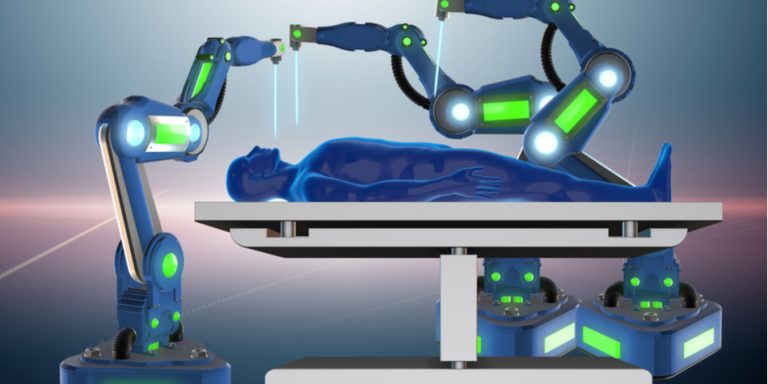Whenever a stock falls big — in the double-digits in percentage terms — value investors notice. Mazor Robotics (NASDAQ:MZOR) fell nearly 15 percent last week after the company reported second-quarter results.
What was so bad in the report that pushed investors to sell the stock?
Mazor Robotics reported revenue of $13.2 million as customers adopted its technologies in robotic guidance systems. The 14.8 percent revenue decline from last year, the loss of $0.10 a share, and cash flow from operations at negative $6.5 million spooked investors. CEO Ori Hadomi said the following to temper expectations:
“2018 is a transition year for the company, following the late 2017 move from direct sales of the Mazor X System to a distribution model with Medtronic.”
On the surface, the weak profit margins should concern investors. At 20 times sales, MZOR stock is not cheap. One analyst from Needham, who has a five-star ranking on Tipranks, issued a “sell” call on the stock. The weak revenue number, offset by recurrent revenue contribution, justifies such a bearish call. Bulls justify the rich valuation in Mazor stock by citing the future growth potential. Management is growing its install base in combination with its sales pipeline. It is confident that it will earn hundreds of Mazor system sales over the next few years. Unfortunately, the distribution agreement with Medtronic (NYSE:MDT) created a hiccup in the growth trajectory.
Temporary Headwind
If the Medtronic distribution deal temporarily hurt quarterly results, then the stock will recover from last week’s drop. Conversely, if the transition year proves more permanent, then the stock will continue its path downward. Mazor’s agreement hurts short-term revenue through its volume-transfer pricing. Its contribution to results will pay off over the longer term: The deal increases market access and creates higher unit placement volume. Mazor is effectively deepening — and relying on — its relationship with Medtronic for its long-term growth.
In the quarter, the global distribution phase with Medtronic resulted in an unfavorable pricing model. Previously, Mazor Robotics would realize better average selling prices through its direct sales channels. The distribution agreement with Medtronic hurt prices, net income, and services revenue. Gross margin fell significantly to 56.1 percent, down from 69.4 percent year-on-year.
The lower operating expense of $11.3 million, down 23 percent from $14.6 million last year is one benefit from the Medtronic agreement.
Co-branding
Mazor X Stealth Edition is a collaboration with Medtronic that lets surgeons perform 3D planning, robotic-guided execution and real-time Op verification of the planned surgical goals. This is a new product that has yet to add meaningfully to results. As the two companies release new products in accordance with its planned pipeline, revenue will grow at an accelerated pace, justifying its high valuations. Mazor plans to leverage Medtronic’s established channels. This includes hospitals that are internationally-recognized and academic centers. Mazor is in the late stage of negotiating sales with these entities. It already counts customers in Asia and expects more international customers.
Mazor installed Renaissance systems at two clinics in the second quarter. It installed this system for customers in the Netherlands, China, and Israel, too.
Mazor’s reliance on Medtronic comes at a short-term cost to results. If Medtronic does its part in marketing and sales to strengthen sales, then the risk on relying on its partner is minimal. The two companies simply must continue developing solid products, like the Mazor X Stealth Edition. If customers are satisfied, then the partnership will thrive.
Bottom Line on Mazor Robotics
Mazor Robotics is an expensive stock even after the shares dropped. Its fair value could be around 30 percent lower if the finbox.io models accurately forecast a deceleration in revenue. For example, a 5-year DCF Revenue Exit model that forecasts revenue growing between 12% and 40% would still lead to a fair value that is 15% below last Friday’s $53 closing price.
As of this writing, the author does not own any shares of Mazor Robotics.

